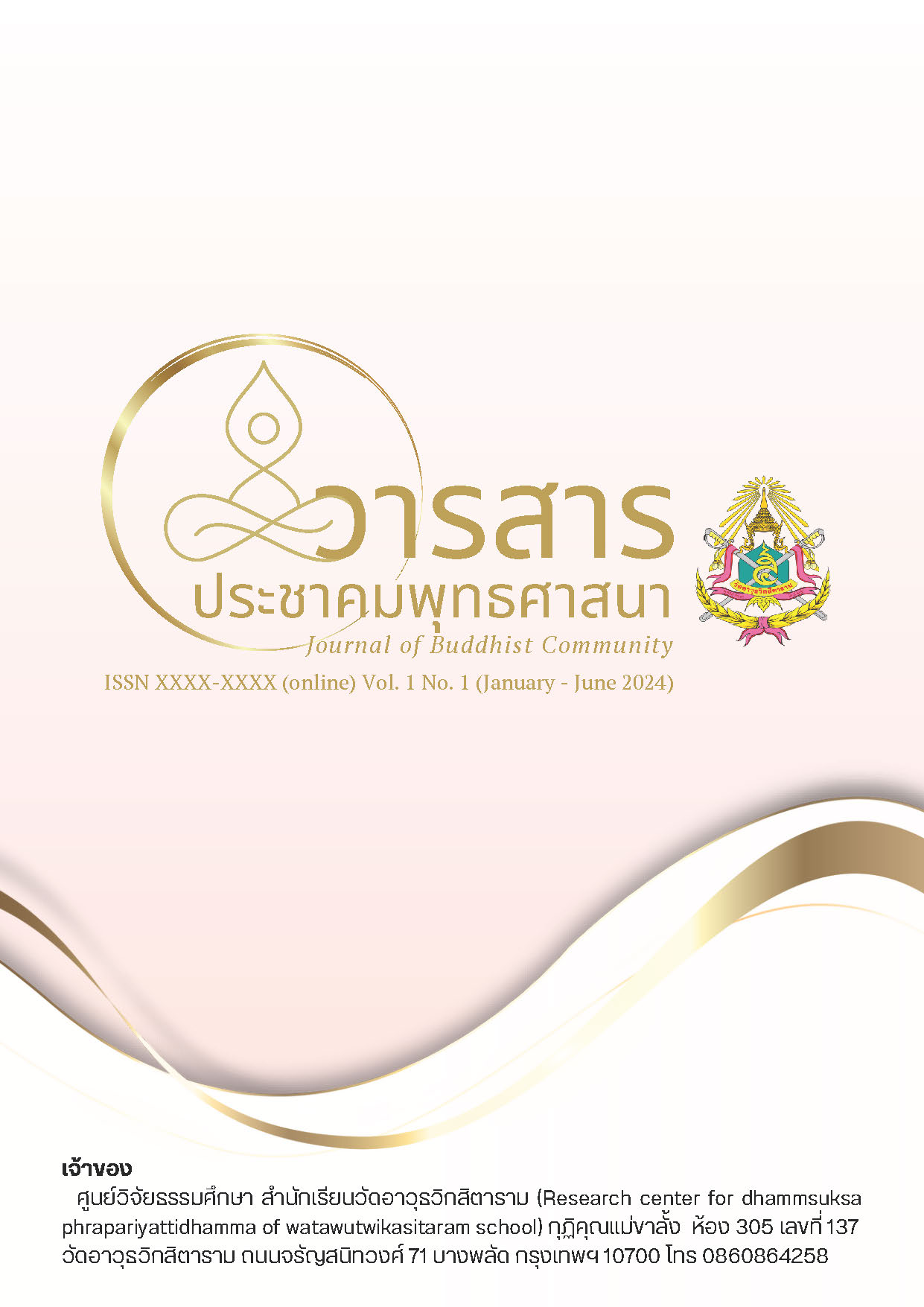The Three Characteristics in Buddhist Logic
Keywords:
Three Characteristics, Buddhist logic, Buddhist PhilosophyAbstract
This academic article investigates the common characteristics, the factors obscuring the Triple Gem, the concepts related to logic, and the common characteristics within the context of Buddhist logic. Hence, it can be summarized that the Tilakkhana, translated as the three characteristics, comprises impermanence, suffering, and non-self. These three characteristics represent the highest truth in Buddhist logic or causality, as everything cannot be controlled or commanded according to one's desires. Furthermore, adherence to these three characteristics enables practitioners to achieve Nirvana, the ultimate cessation of all suffering and the highest form of happiness, without the need to undergo the cycle of birth and death again.
References
จิตวณฺโณ ภิกขุ. วิปัสสนาภาวนา. (2549). กรุงเทพฯ : โรงพิมพ์มหามกุฏราชวิทยาลัย.
พระพรหมคุณาภรณ์ (ป.อ. ปยุตฺโต). (2552). พุทธธรรม ฉบับปรับปรุงขยายความ. กรุงเทพฯ : โรงพิมพ์ บริษัท สหธรรมิก จำกัด.
พระมหามฆวินทร์ ปุริสุตฺตโม. (ม.ป.ป.). เอกสารการบรรยายวิชาตรรกศาสตร์แนวพุทธ. ม.ป.ท.


